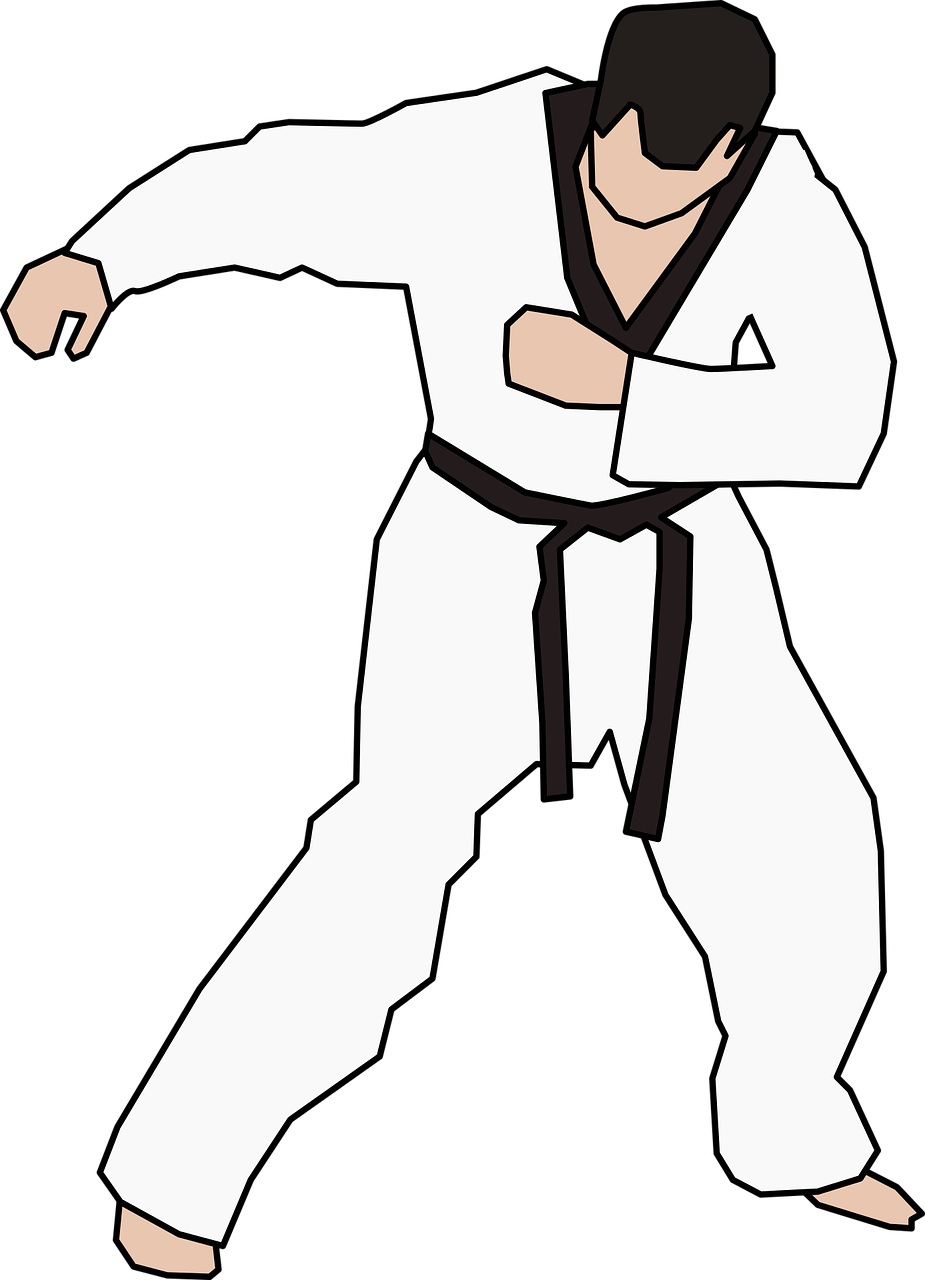
In this part of our series on martial arts, we will take a look at taekkyeon – the traditional Korean martial art. Its “cousin”, taekwondo, is usually talked about when someone mentions Korean martial arts, but we chose to discuss taekkyeon instead due to its rich tradition and the fact that it’s often ignored.
In this article, you can find out more about the history of the martial art and its practice.
The Origins of Taekkyeon
It’s unclear as to when taekkyeon emerged due to insufficient records of the practice. The first mention of taekkyeon was in the book Jaemulbo, which was written during the reign of King Jeongjo (1776–1800) by Lee Sung-Ji.
In the book, taekkyeon is said to have been practiced for generations, but nobody knows for a fact when it originated or how it was formalized. One taekkyeon master today, Master Jeong Gyeong-hwa, claims that the martial art originated 2,000 years ago during the Three Kingdoms Period (57 BC-668 AD).
Taekkyeon also received international attention when it was written about in the book Korean Games (1895) by the American anthropologist Stewart Culin.
What we know is that taekkyeon was widely practiced during the Joseon period and had two variations. The first one was practiced by the masses and it was in the form of a game, while the second one was utilized by the military and it had the function of a combat style.
Taekkyeon was a popular game during celebratory festivals where participants fought against each other for fun.
The Decline of Taekkyeon
Korean society was changing and its attitude towards taekkyeon was changing too. The Chinese philosophy of Neo-Confucianism impacted the opinion of the elites who began relegating taekkyeon to a past time activity of the low classes.
The martial art suffered a decline and at one point it was only practiced in and around the capital Hanyang (Seoul). However, the worst was yet to come. The Japanese army annexed Korea to their empire in 1910 and the occupation lasted until the end of World War II on September 2, 1945. The so-called process of “Japanization” started immediately and it began changing Korean society. Taekkyeon and other traditional Korean martial arts were prohibited, which almost made them extinct.
After the war, new martial arts developed in the spirit of Chinese and Japanese fighting styles such as taekwondo emerged. They took center stage, while the indigenous martial arts like taekkyeon were all but forgotten due to years of repression.
Later, the Korean War (1950-1953) further devastated the country. Taekkyeon was on the brink of extinction if not for the miraculous survival of Master Song Deok-gi. Master Song Deok-gi was the only taekkyeon master left and he understood the important role he served in the preservation of the martial art.
Despite the threat to his life, he continued to practice taekkyeon during the Japanese Occupation and later during the Korean War. His sacrifice wasn’t for nothing and his contribution to taekkyeon was recognized in 1958 when he demonstrated the martial art to Korean president Syngman Rhee.
Deok-gi is known as the “Last Taekkyeon Master of the Joseon Dynasty”. Everything we know about taekkyeon comes from him and he luckily managed to teach students who in their turn further popularized the martial art.
Thanks to him and his student Shin Han-seung, taekkyeon received the status of an Important Intangible Cultural Asset in South Korea on June 1, 1983. Taekkyeon was put on UNESCO’s Intangible Cultural Heritage List in 2011, thus becoming the first martial art to receive this honor.
Practicing Taekkyeon
There are a few traits that categorize taekkyeon. First, the movements of the body are natural and fluid. Second, the participants should be constantly moving. Third, the participants should always use their full body in each movement they perform. Fourth, the purpose of the taekkyeon combat is to catch the attacker off-guard.
If you ever observe a taekkyeon combat, you’d be mesmerized by the graceful movements of the participants. Taekkyeon resembles a dance as the participants are constantly moving using their full body; in fact, some techniques are almost identical to dance movements, especially those of the Korean dance talchum.
The practice of taekkyeon can be divided into three stages: self-learning, face-to-face scoring matches and weighing one’s ability with others, as per Master Jeong Gyeong-hwa.
The types of techniques are divided into six groups:
- Footwork (Pumbalki) – the footwork is important in taekkyeon and it emphasizes on fluid and rhythmic motions. It’s performed in a triangular shape.
- Arm Swinging (Hwalgaejit) – the arm movements are reminiscent of birds clapping their wings and their performance should sync with the footwork.
- Kick Techniques (Baljil) – there are so many kick techniques in taekkyeon that we’ll need a whole article to describe them all. Some of them are low, medium, and high jumps, inward trips, fake-outs, tempo, slide-stepping, and wall-jumping.
- Hand Techniques (Sonjil) – these techniques always involve all the parts of the arm. They should be in sync with the footwork.
- Throwing and tripping (Taejil) – a participant trying to throw the opponent tends to use the opponent’s full body strength against him.
- Joint Locks (Sinju) – the joint locks are intended to be used when the opponent prepares an attack. The attack can be neutralized with a joint lock and then it can be followed by a counter-attack. <
/ul>